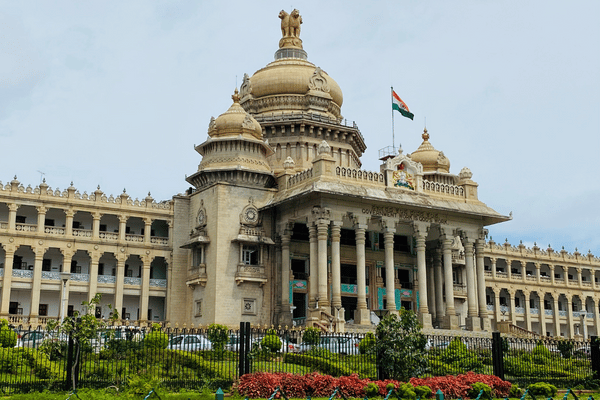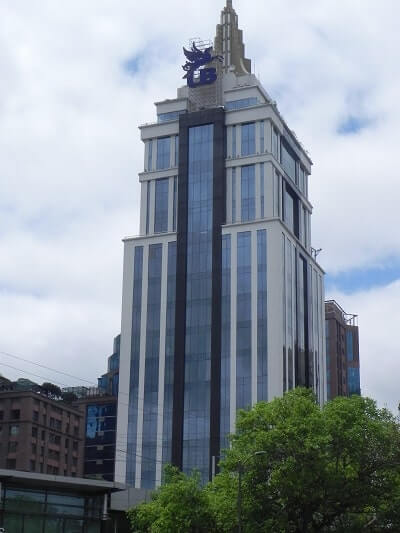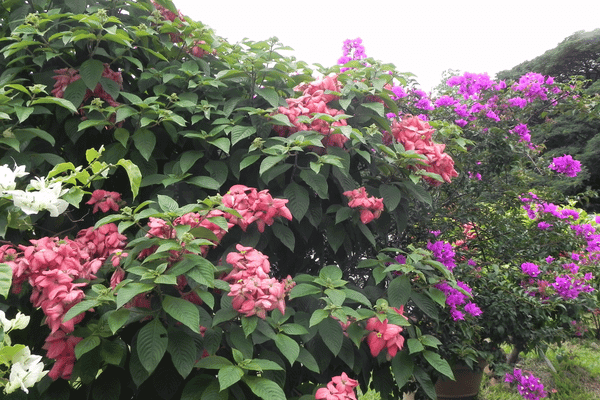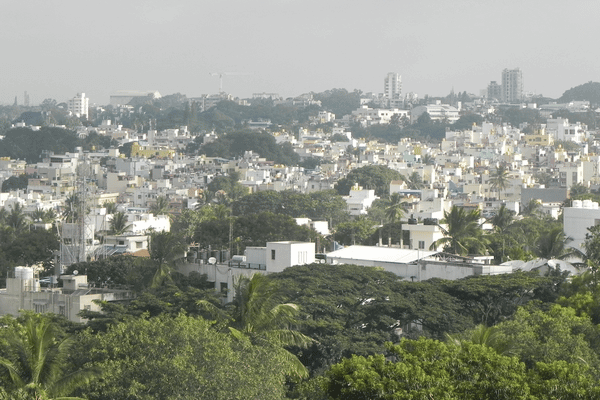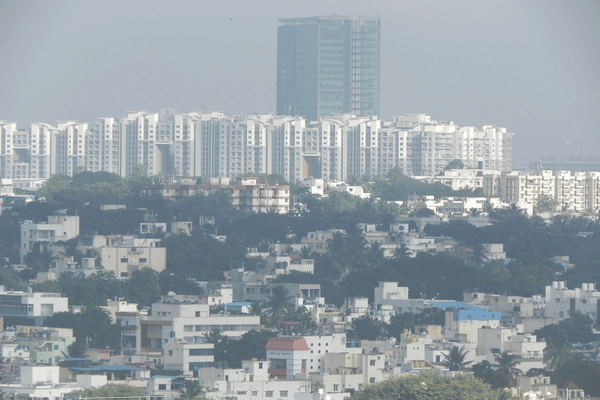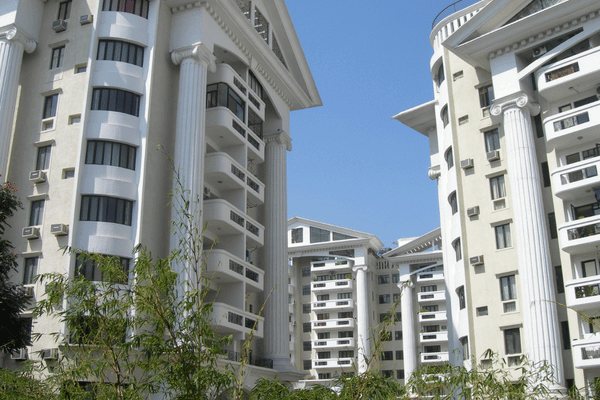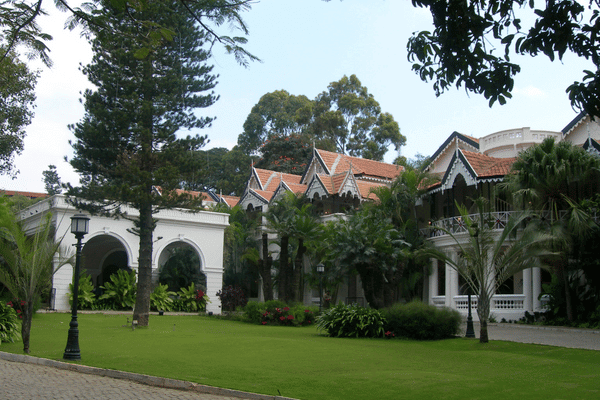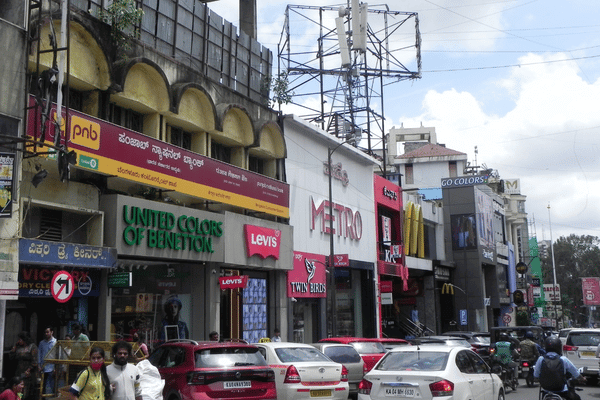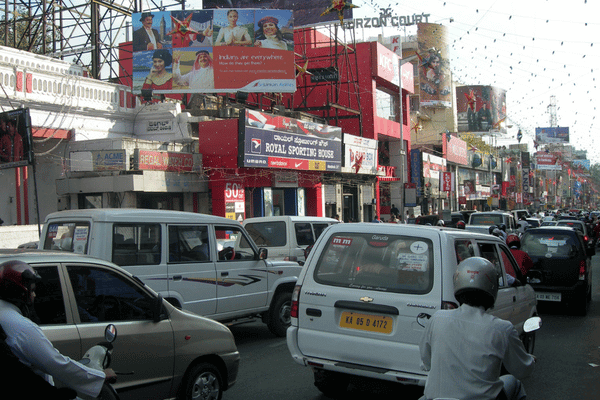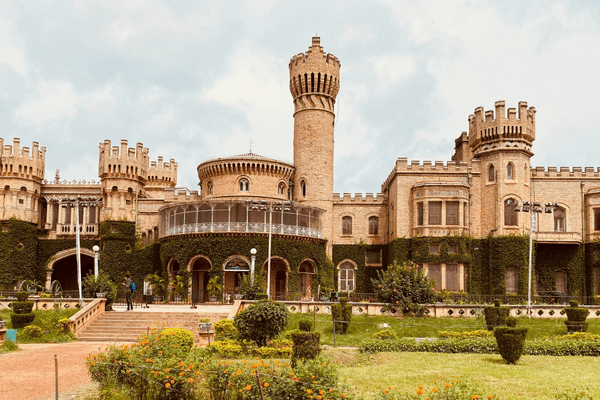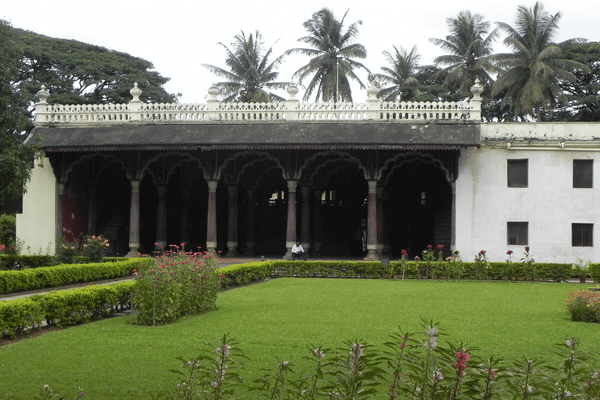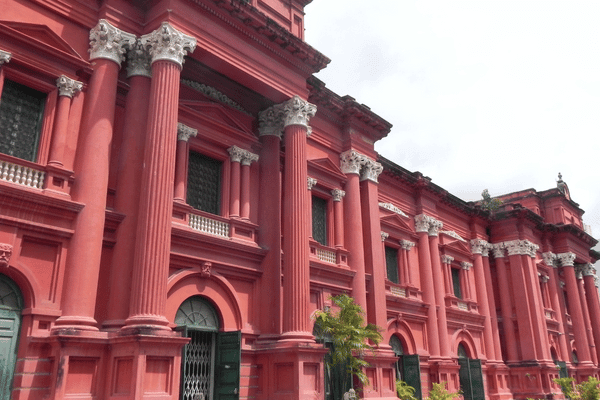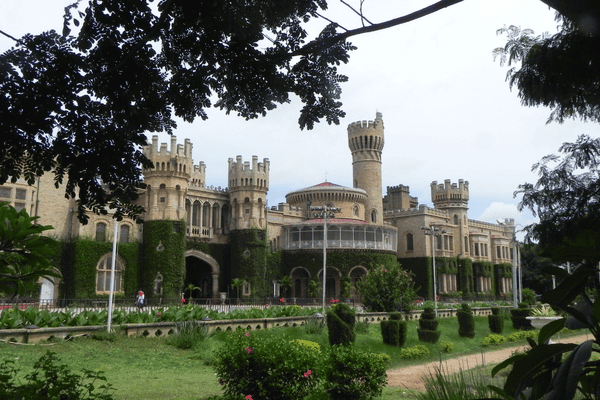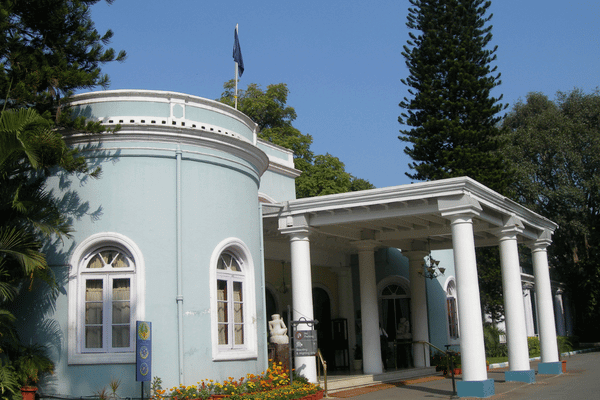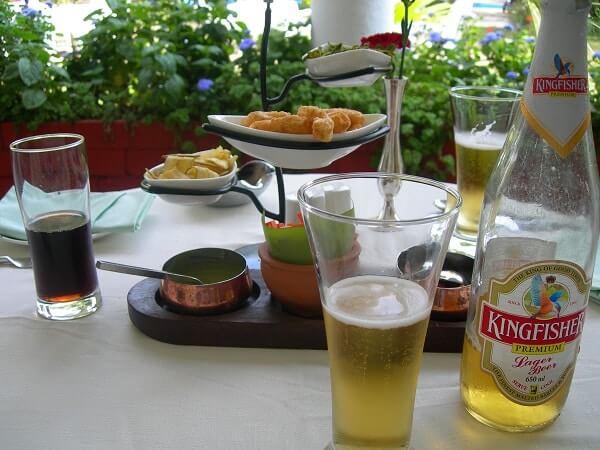“I never thought it would be possible to get to Bengaluru from Australia directly in twelve hours’ time,” says Aussie businessman John as we wait to board Qantas flight QF67 from Sydney to Bengaluru.
“Though I have been to Delhi a few times before, this is my maiden trip to Bengaluru for work, and timewise this Qantas flight now comes out as the best option for me.”
He is not wrong. Departing Sydney at 9.30am, this flight reaches Bengaluru late afternoon around 5.30, giving passengers enough time to have an evening engagement – a business meeting, social dinner or even a sightseeing tour to see the illuminated version of the so called ‘Garden City of India’.
The nickname comes from the city’s spread of many lush gardens, parks and natural lakes topped by a salubrious climate.
Bengaluru, earlier called Bangalore, has been one of my favourite cities in India. Through several trips, I have closely watched this old-school colonial and serene settlement transform into a busting 21st-century metropolis, now referred to as the ‘Silicon Valley of the East’ because of its role as the hub of India’s strong technology business. Direct connectivity with Bengaluru from Australia will be of great benefit to the many local enterprises that have marketable connections there.
Similarly, holidaymakers travelling to Bengaluru from Australia will now have an excellent gateway to the rest of India’s captivating south. Being one of India’s top techno-commercial hub, doesn’t mean Bengaluru hasn’t got anything for regular tourists. The capital of the state of Karnataka has almost everything that a modern generation tourist seeks in a destination. This includes good quality accommodation, multi-cuisine restaurants and cafes, entertainment venues, nightlife options, diverse shopping outlets and sites of historical, architectural and natural significance.
When I first visited the elegant metropolis in the early eighties, what impressed me most was its British colonial vestiges and the slow-paced classy lifestyle which included unhurried trundles through the sprawls of the Lal Bagh Botanical Garden or Cubbon Park, leisurely afternoon sojourns at the Bangalore Club, or backing a horse at the races at Turf Club and then finishing the day with a candlelit dinner at the colonial West End Hotel where I remember many guests arriving dressed in formal evening wear. At that time, possibly there was no other metropolis in India that could boast such a charismatic and sophisticated urban setting.
However, after the entry of Microsoft, McDonald’s, Infosys, Oracle, Pizza Hut, Marks & Spencer and other 21st century icons, the tints of that earlier setup have obviously faded. Many of the lovely colonial bungalows have now been replaced with high-rise residential condominiums, office accommodations and glittering shopping malls. The city’s famous thoroughfares MG Road, Brigade Road and Commercial Street, where Indian made Ambassador and Fiats cars once congested the traffic, are now clogged with Mercedes, Toyotas and Hyundais, testifying to the nation’s economic transformation.
However, that hasn’t stopped visitors from other parts of India and overseas from coming to the city; rather, the numbers have increased substantially – over 180 million visitors recorded during the pre-Covid time.
Other than the size of the crowd, nothing much has changed with the sites that has been constantly drawing tourists for decades. The popular ones, particularly for first-time visitors, are the Bangalore Palace built as a replica of Windsor Castle, Tipu Sultan’s Summer Palace an elaborately decorated structure with ornate arches and minarets, the Neo-Dravidian style state parliament house called Vidhana Soudha, the19th century red-brick colonial buildings like the High Court and the Government Museum, the 300-year-old Venkataramanaswamy Temple and St. Mary’s Basilica, the city’s oldest Church.
I do enjoy visiting some of these places, but the venue I never miss is Bangalore Club, established in 1868 for British officers then to socialise. A piece of history stored in there still amuses me.
Late British Prime Minister Winston Churchill, during the early part of his life as an army officer, served a three-year stint in Bangalore. It’s said the young man when miserably bored, spent time at this club, perhaps drinking lots of whiskeys. It didn’t do any good to him, rather left him with a debt of Rs 13 owed to the club when he left the city. The ledger book of the club from June 1899 is now displayed on the club premises and has ‘Lt WLS Churchill’ named as one of 17 defaulters. It’s quite amazing to see the documentary evidence of a mighty Prime Minister once defaulting on a meagre payment at an establishment in a country that came under his rule. Many visiting British citizens have since offered to clear the dues but club authorities have refused, saying that history is history and that it can’t be rewritten.
“I would love to drop by at the Club to take a look,” chuckles John as I brief him on what to see in Bangalore during his spare time in the city.
Perhaps this can be an interesting stop for you too, when you travel next to Bengaluru from Australia.
TRAVEL NOTEBOOK
Getting There Qantas (www.qantas.com) fly four-times a week (Wed, Fri, Sat & Sun) nonstop between Sydney and Bengaluru.
Accommodation No shortage of accommodation venues to suit budget and taste, LaLit Ashok (www.thelalit.com) is a reasonable option considering location, facilities and tariff.



